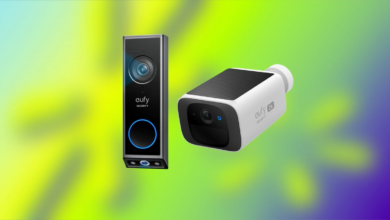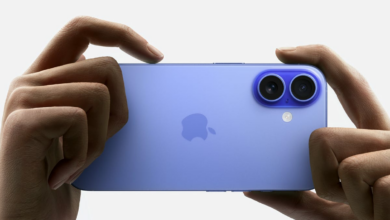Sony Bravia Theater 8 review: big sound, understated looks, hefty price
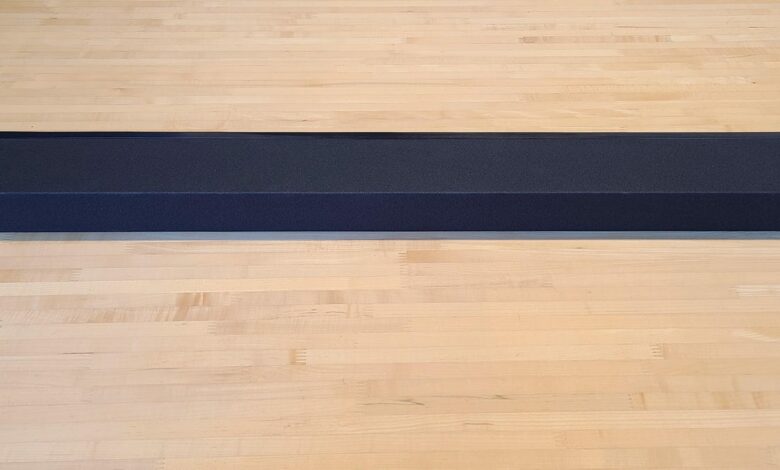
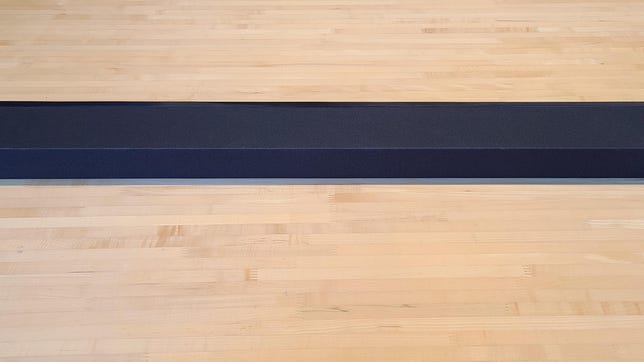
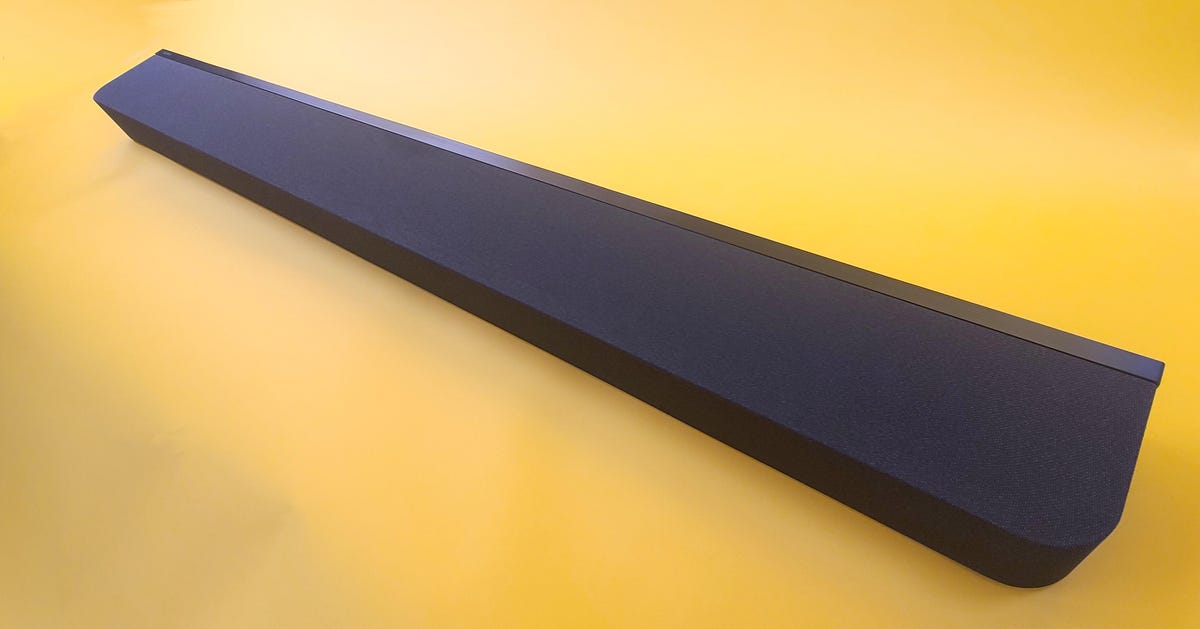
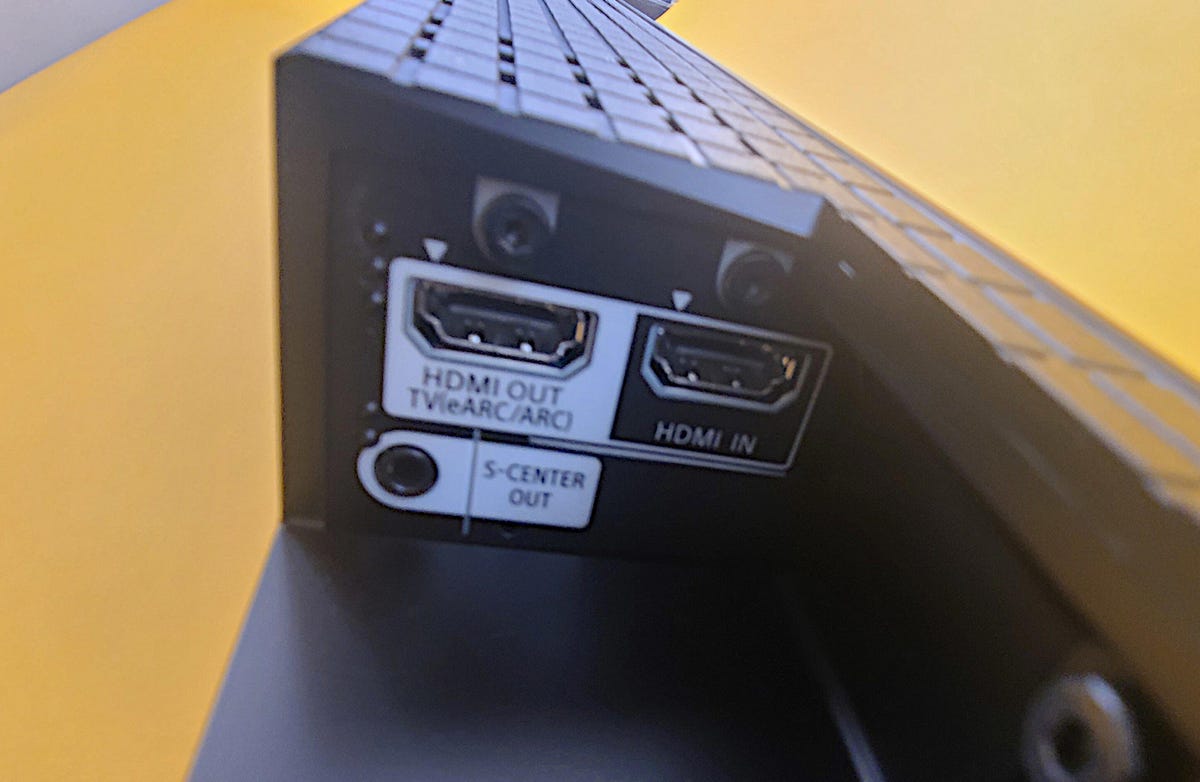
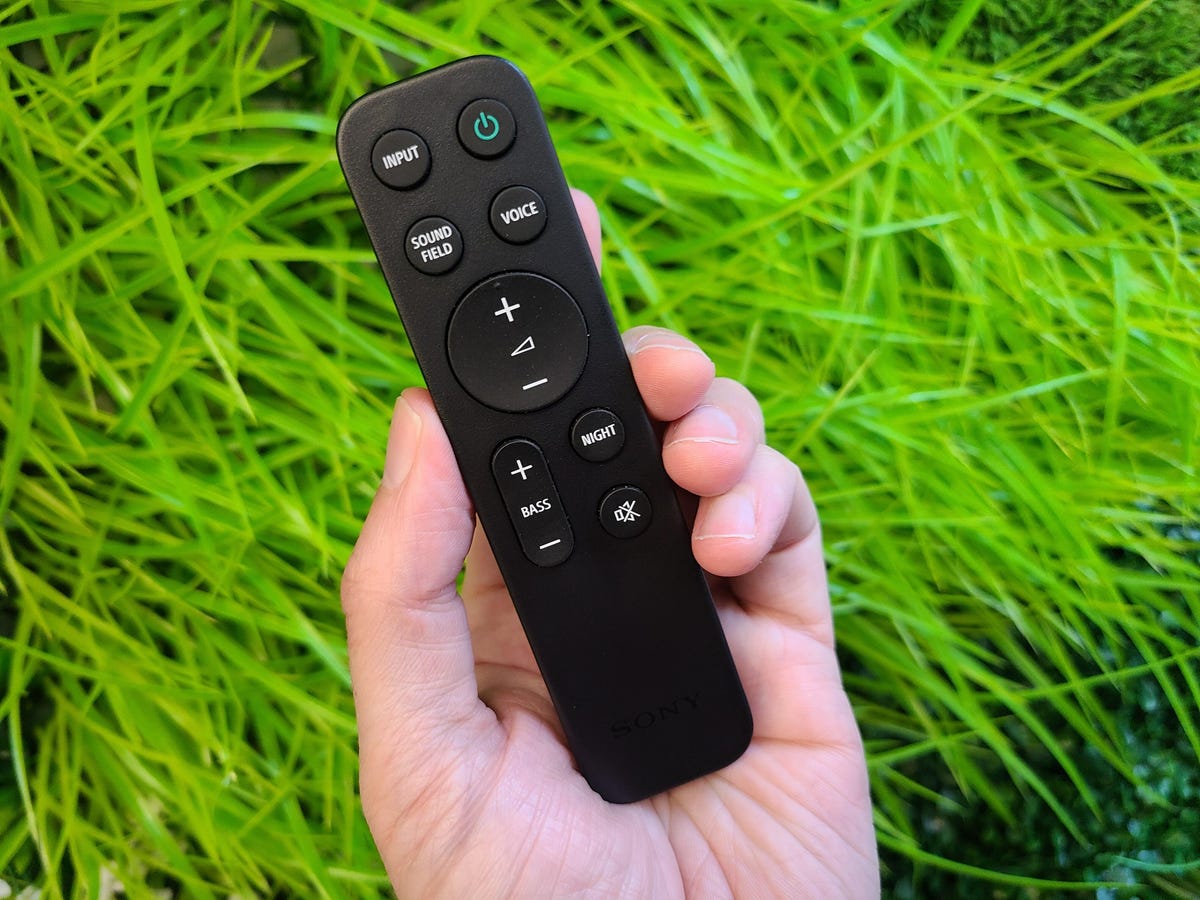

Advantages
- Awesome simulated surround sound
- Additional HDMI input
- Solid upgrade path
Cons
- Not as feature rich as competitors and costs more
- No music mode
Sony may be best known today for its PlayStation and film divisions, but the company built its reputation on audio. The Bravia Theater 8 combines several of the company’s strengths in an unobtrusive home theater soundbar.
Why the name Bravia Theater 8? Not only does it remind buyers of a multiplex cinema, it also matches the company’s new range of TVs. The speaker’s sound quality in movies is great, the styling is understated, and it has plenty of streaming and expansion options.
The only downside to this soundbar is that it doesn’t handle music all that well — there’s no “music” mode, for example — which is unusual for this audio company. Still, the Bravia Theater 8 is a solid buy if you want a home theater speaker that’s easy to set up and use.
The Bravia 8 is currently on sale for $250 off as part of Prime Day, making this Sony even more competitive than its biggest competitor, the Sonos Arc.
Design

If there’s one well-known company with a reputation for unconventional audio products, it’s Sony. The company has had the Rolly MP3 player, a light bulb speaker, and a hexagonal soundbar, to name just three. The Bravia Theater 8 is definitely not one of those. It’s perhaps one of the most conservative-looking products I can recall from the company. With its gray fabric casing, its appearance is going to be polarizing, and some might argue that it doesn’t look like it should cost $998.
The Dolby Atmos-enabled Bravia Theater 8 has 11 drivers in total, including two up-firing drivers and two side-firing drivers. The soundbar measures 43.4 inches wide by 2.6 inches high by 4.5 inches deep, and at that width, the soundbar should sit more or less flush with a standard 50-inch TV.

Two HDMI and one center speaker output
While many people opt to use their TV as an HDMI switcher, the Theater 8 includes HDMI-in and HDMI eARC for some added flexibility. Other ports are limited, though it does include Bluetooth and Wi-Fi with Spotify Connect and AirPlay compatibility. Additionally, the soundbar has an S-Center Out jack, allowing you to use your TV’s speaker as the center channel, though this requires a model with a 3.5mm S-Center In. Most people won’t bother with this extra analog step, and competing models allow this capability through software, without the need for an external analog cable.
If you’re used to a bunch of different modes on a soundbar — Movie, Music, etc. — you might be surprised to see that they’ve been replaced by just one option: the enigmatic “Sound Field.” That preset is the product of a calibration routine you access through Sony’s Bravia Connect app, and it uses the soundbar’s built-in microphone. The ‘bar’s other two movie-centric presets are Night and Voice.
The soundbar doesn’t come with a subwoofer or surround, but you do have several options, including the SA-SW3 ($400) and SA-SW5 ($700) subwoofers or the SA-RS3S surrounds ($350).
The soundbar comes with a simple, small remote control similar to that of a TV streamer such as a Roku or Fire TV StickIt includes important functions such as the Sound Field knob and an input selector.

How does it sound?
All of Sony’s effort seems to have gone into the soundbar’s internals: it’s one of the most impressive soundbars I’ve heard from the electronics giant, especially when it comes to movie and TV playback. Although, like almost every other home theater product, music seems to have been a secondary consideration.
When Sonos released the original Playbar in 2013, it set a template for a new type of soundbar. The Sony Bravia Theater 8 undoubtedly follows in this pattern, and so it makes sense to compare the Sony to the Playbar’s successor, the Sonos Arc. Both are sub-$1,000 soundbars with streaming and Dolby Atmos, and both can rule your TV space. It’s worth noting that the Sonos gets more features for $100 less, including a built-in voice assistant and the company’s excellent multi-room system.
If there’s one parlor trick guaranteed to impress soundbar buyers, it’s simulated surround, and Sony had the best system for years until the behemoth Sennheiser Ambeo stole the show. Still, based on my testing, the Theater 8 is no wimp. It can literally fill a room with sound.
I began my comparisons with the opening scene of “Mad Max: Fury Road” — ethereal voices float around the listening room in what’s a great test of a system’s Dolby Atmos performance. I played the scene through the Sony both with and without the calibration using the Sound Field mode, and the improvements were well worth five minutes of your time. The Sony’s calibration routine, using the built-in microphone, was simple, automatic and quick.
Out of the box, the Sony lacked deep bass and dialogue was a little muddy, though it still sounded as wide and high as the room it was placed in. With calibration, the Theater 8 was able to match the Sonos Arc with improved bass and midrange detail. Both the Sony and Sonos soundbars deliver plenty of bass boom once the engines start revving and the cars go splodey in the film’s desert chase sequences.
When watching the Thanator Chase scene from Avatar, both the Sonos and Sony combined the ambiance of the Pandora jungle with crisp dialogue and plenty of bass thump. Of the two, the Arc had a slight edge with surround control that could better track objects — like insects — moving through space.
Combined with the accessories, the Sony Bravia with SA-SW5 subwoofer sounded more confident and relaxed than the Arc and Sub Mini combo. While the Sony’s rears did add some texture, I had to turn the volume down and felt their $350 would have been better spent on the larger of the two subwoofers on offer.
Without a dedicated music mode, I found the Theater 8 harder to get good sound with music. It’s worth noting here that you can turn Sound Field off, and this was slightly better when listening to music. With Grand Salvo’s intimate Field of Flowers, the track sounded too indistinct with Sound Field on — it lacked that confessional quality — and with the mode off, the vocals sounded as sharp as they should have. Conversely, listening through the Arc, the track sounded stronger and more dynamic than the Sony could.
Should you buy it?
At $1,000, the Sony Bravia Theater 8 starts to feel a little thin on the ground, and compared to the Arc it lacks a few compelling features. The Arc is still a better buy here at $899, especially if you plan on listening to music on your system. Sony is laying a solid foundation for home theater fans who not only plan to upgrade their system down the road, but also want a great-sounding system now.

